Crape Myrtles are beautiful flowering trees that add vibrant colors to landscapes during the summer months. Native to Asia but widely grown in the United States, these trees are known for their showy blossoms and attractive bark. Caring for a Crape Myrtle requires some specific practices to ensure its health and beauty. In this article, we will discuss the essential care tips for Crape Myrtles.
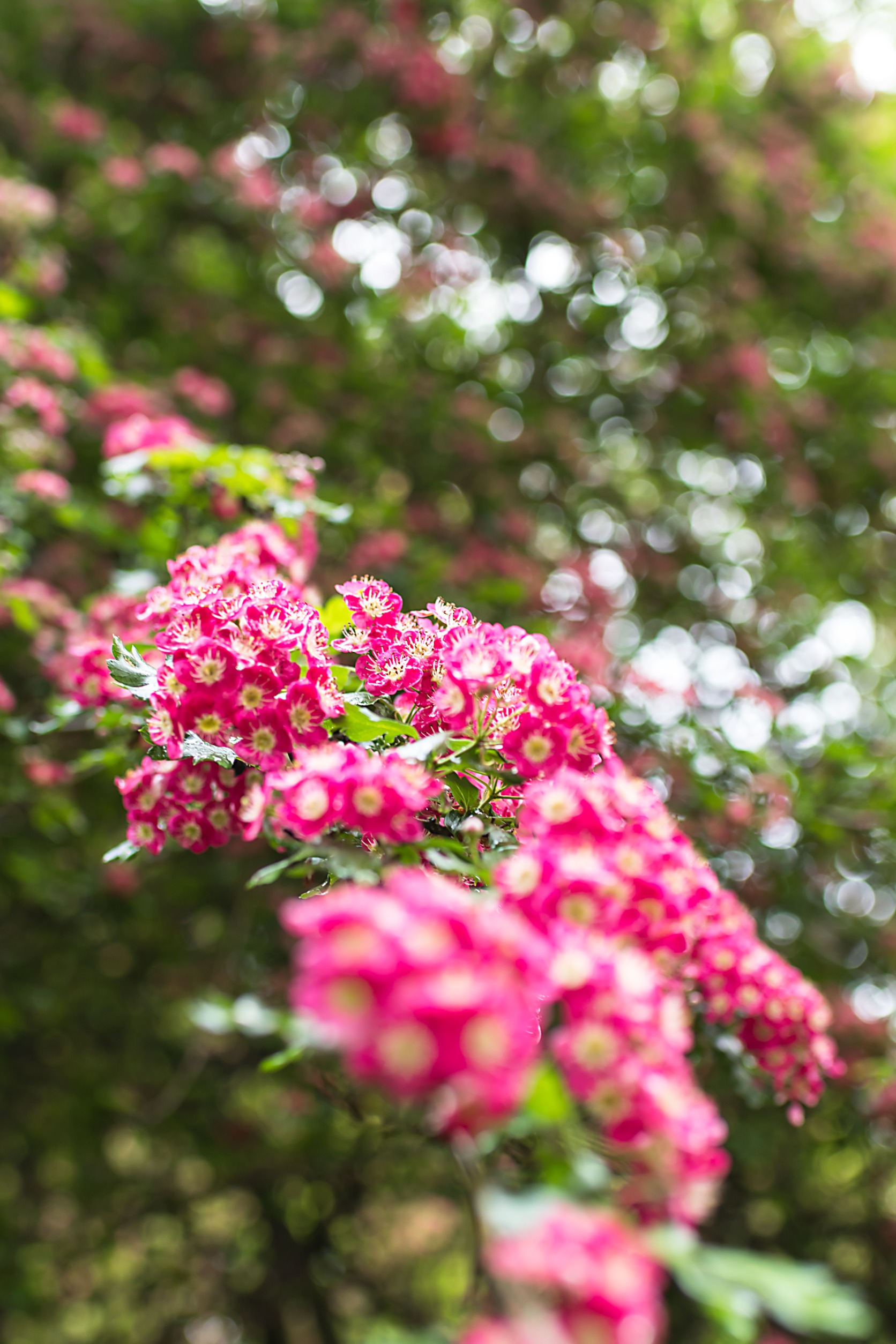
Planting
Choosing the right location is critical when planting a Crape Myrtle. These trees thrive in full sunlight, so select a spot that receives at least six hours of direct sunlight each day. Ensure the soil is well-draining and rich in organic matter. If you have heavy clay soil, consider adding compost or peat moss to improve drainage.
When planting a Crape Myrtle, dig a hole two to three times wider than the root ball but only as deep as the root ball. Backfill the hole with a mixture of native soil and organic matter. Water the tree thoroughly after planting to settle the soil around the roots.
We offer a seasonal planting service. Add a pop of color to your outdoor space today.
Watering
Proper and consistent watering is crucial during the establishment phase of a Crape Myrtle. Water the tree deeply at least once a week for the first few months after planting. Once established, Crape Myrtles are relatively drought-tolerant and require less frequent watering. However, during hot and dry periods, it’s important to provide supplemental irrigation to prevent stress on the tree.
When watering, make sure the water reaches the root zone. A slow, deep watering is more beneficial than frequent, shallow watering. To retain moisture and prevent weed growth, apply a layer of organic mulch around the base of the tree, keeping it a few inches away from the trunk.
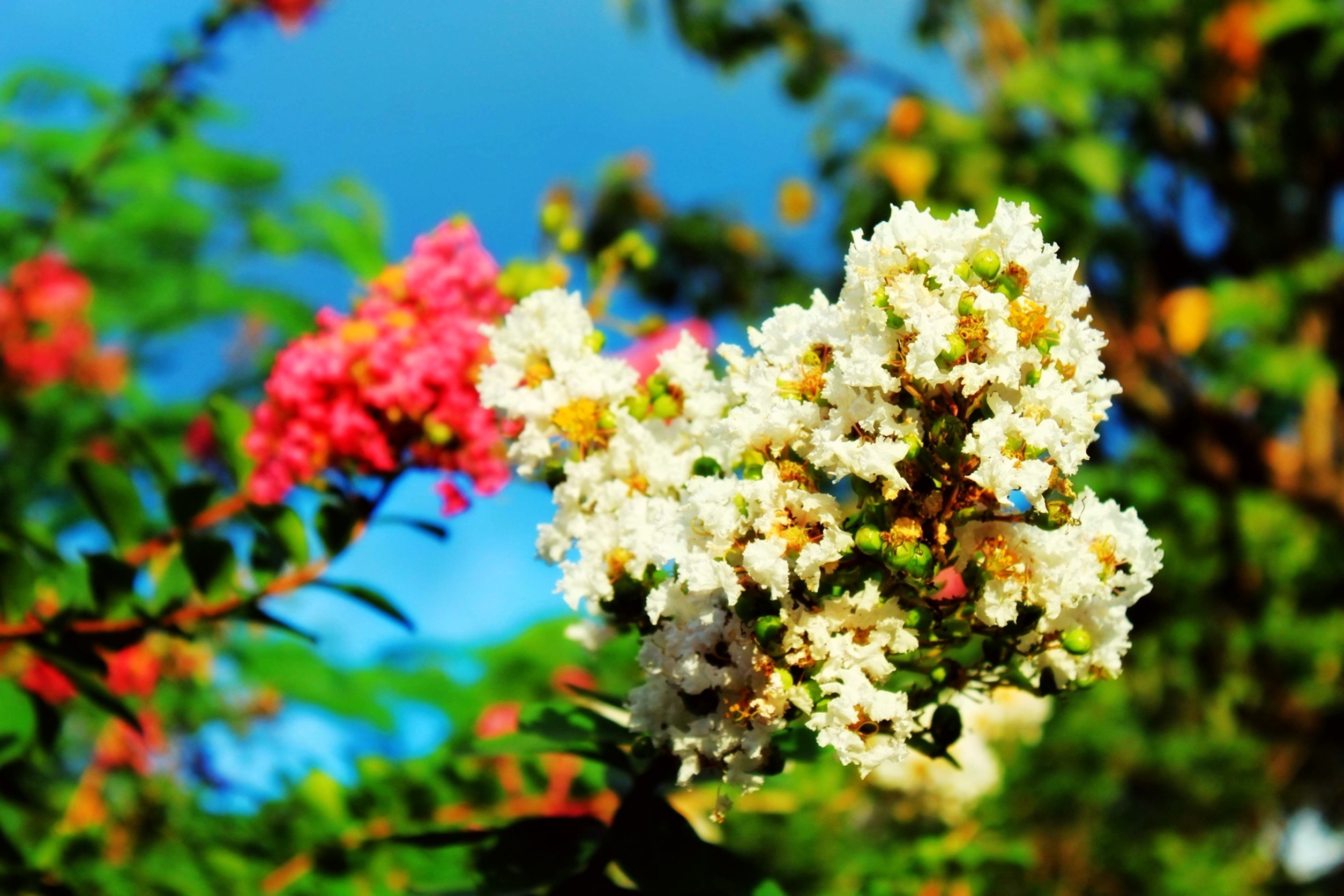
Pruning
Pruning is an essential aspect of Crape Myrtle care to maintain shape, encourage healthy growth, and promote abundant flowering. However, improper pruning practices will harm the tree’s health and blooming potential. Crape Myrtles should be pruned in late winter or early spring, before new growth appears. Check out our tree and shrub trimming service page to learn more.
Start by removing any dead, damaged, or crossing branches. Next, thin out the canopy by selectively pruning branches to improve air circulation and penetration of sunlight. Avoid cutting more than one-third of the tree’s foliage, as excessive pruning reduces flowering. Also, refrain from “topping” or severely cutting back the tree, as this leads to weak, leggy growth.
Fertilizing
Crape Myrtles benefit from regular fertilization to support healthy growth and abundant blooms. Apply a balanced granular fertilizer formulated for trees and shrubs in early spring, just before new growth begins. Follow the manufacturer’s instructions for application rates, keeping in mind the size and age of your Crape Myrtle.
Avoid over-fertilizing, as excessive nitrogen will result in vigorous leaf growth at the expense of flowers. Also, be cautious with high-phosphorus fertilizers, as they lead to nutrient imbalances in the soil.
Pest and Disease Control
Crape Myrtles are generally resistant to pests and diseases. However, they are susceptible to issues such as aphids, powdery mildew, and spider mites. Regular inspection of the foliage and immediate action at the first sign of infestation is crucial.
For minor pest problems, a strong blast of water can dislodge insects. Neem oil or insecticidal soaps are effective for controlling aphids and spider mites. In cases of severe powdery mildew outbreaks, fungicides labeled for ornamental plants can provide control.
If your tree is beyond repair, contact us for information on our tree removal services.
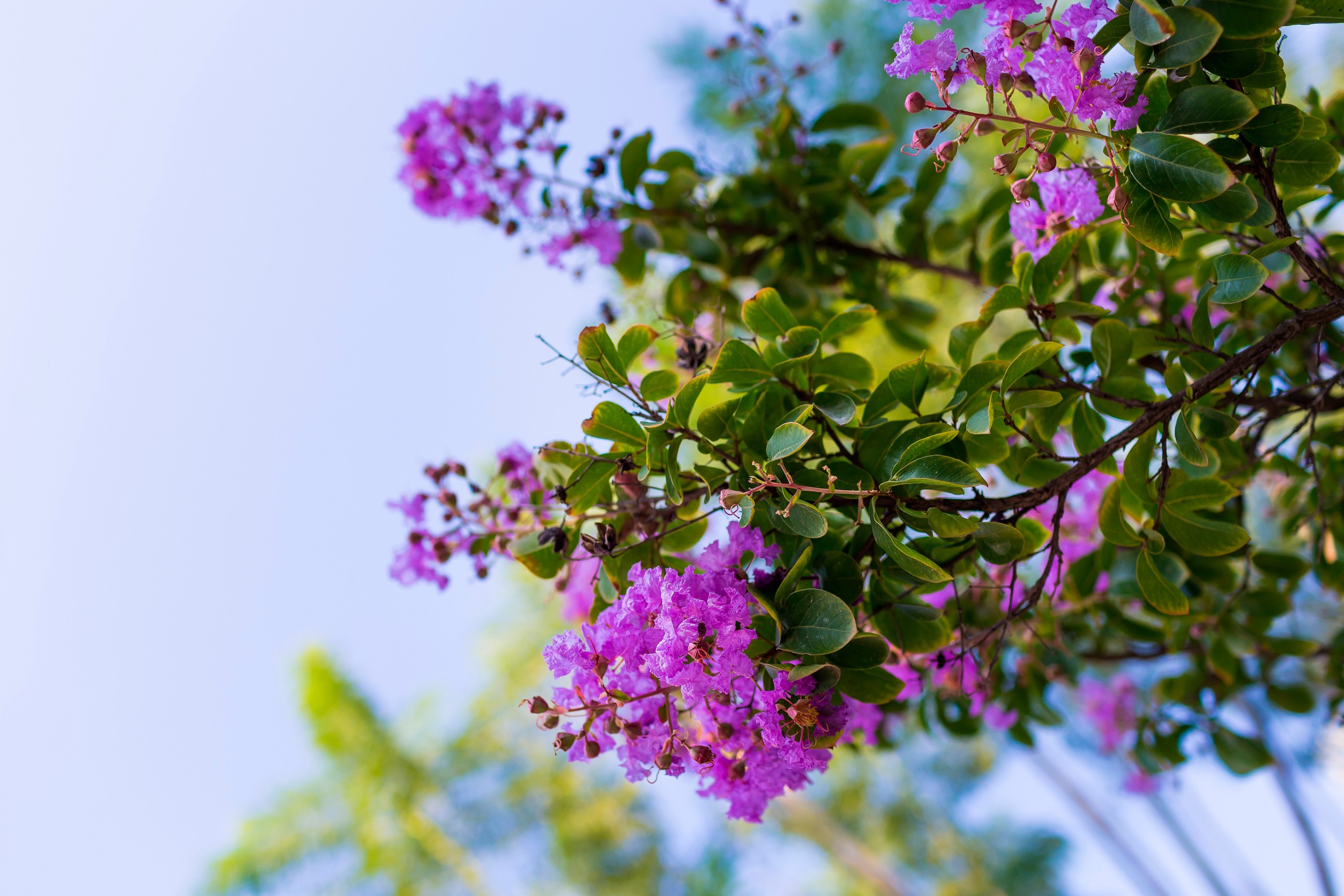
Conclusion
With proper care and attention, Crape Myrtles will thrive and become stunning focal points in your landscape. There are many colorful varieties of crape myrtles to choose from as well.
By following the guidelines for planting, watering, pruning, fertilizing, and pest control, you ensure the health and beauty of your Crape Myrtle tree for years to come. If you need assistance or have any questions about caring for your Crape Myrtle, don’t hesitate to contact Torres Tree Service. Taking care of your Crape Myrtle will reward you with vibrant blooms and a visually appealing landscape.
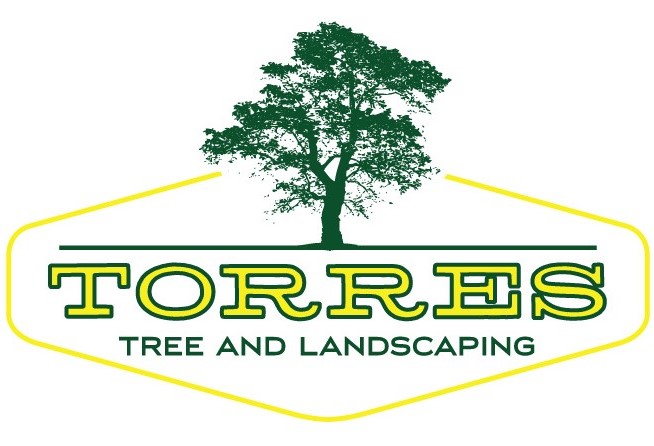
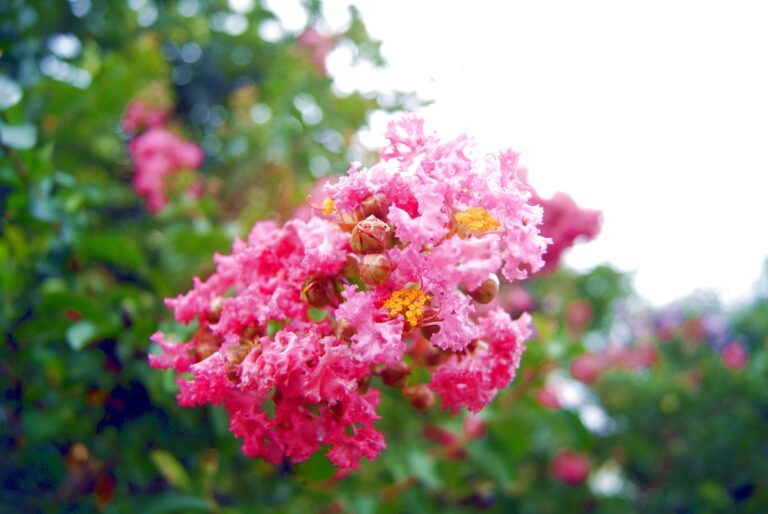

1 thought on “How to Care for Crape Myrtle Tree”
Just came across an excellent post on caring for Crape Myrtle trees! Pruning tips, proper watering techniques, and the reminder to watch for pests—super helpful.